-
GAME DEVELOPMENT STUDIO
Overview
We are driven by innovation and creativity. Our focus is to encourage professionals and experts from all avenues of gaming, entertainment, VFX, and tech, to create and make magic for our clients.
-
Overview

Phantom Liberty is the critically acclaimed expansion to CD Projekt Red’s expansive sci-fi role-playing experience, Cyberpunk 2077. Magic Media is delighted we could lend our expert 3D art gaming services to the project to ensure it was ready for players to experience.
-
Overview

Our group provides services to all walks of gaming, entertainment, and technology. Our focus lies in PC & Console and Mobile, along with TV & Film and technology innovation. From development to art, VFX, and more, we have it covered.
Where the magic happens
Magic Media is an international gaming, tech and entertainment group, powered by building creativity and protecting innovation.
Our portfolio extends to encompass top-tier game art services, game development outsourcing, advanced cybersecurity,
immersive VFX, and groundbreaking art and animation.
Our Services
-
Development
Magic Media’s game development services are driven by a group of seasoned industry veterans. No matter the genre, platform, or coding language, our comprehensive game development services have you covered. -
Art
Our game art services deliver experts seamlessly into your aesthetic, style, and workflow. We’ll deliver only the highest quality art production and visual storytelling for your project. -
testing
Penetration testing to avoid vulnerabilities, load testing for traffic instabilities from user surges, and QA bug squashing. Maintain quality service and keep your end-user happy with Magic Media testing services. -
Video production
Deliver eye-catching and engaging video content, ranging from game trailers and cinematics to user-acquisition videos, brand and marketing ads and more. -
Design
Our game design team live for the evolving ecosystem of player expectations. Leverage our team’s thorough research and creative approach to craft a truly engaging game experience.
- Full-Cycle Game Development
- Co-Development
- Backend Game Services
- Multiplayer Game Development
- Unity Game Development
- Unreal Game Development
- PC Game Development
- Console Game Development
- Mobile Game Development
- PlayStation Game Development
- Xbox Game Development
- Web3 Game Development
- Blockchain Game Development
- Game Porting
- Live Services
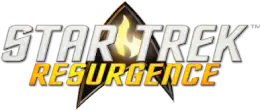



let’s Create MAgic
At Magic Media, our strength lies in our size and diversity, allowing us to offer gaming services including full-cycle game development, co-development, video production, trailers, and comprehensive art production services. Whether you’re in need of innovative technology or a team driven by creativity, we’re ready to deliver our skills and knowledge into your project.























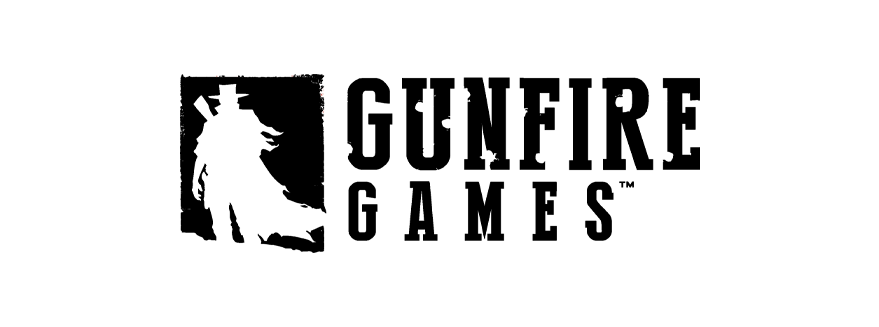
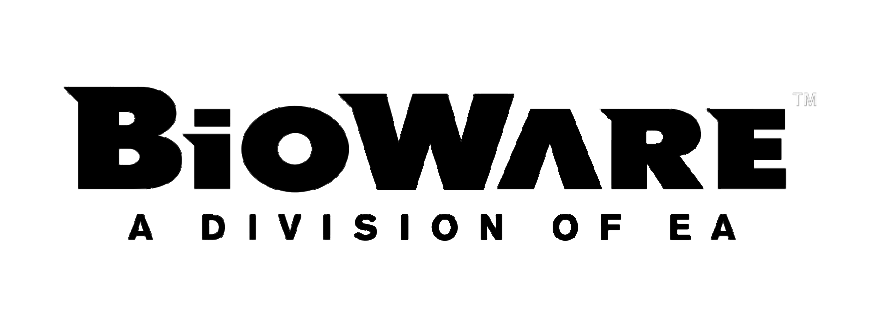






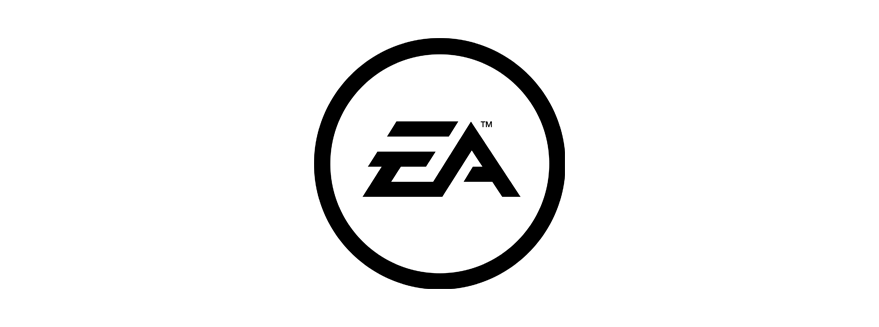

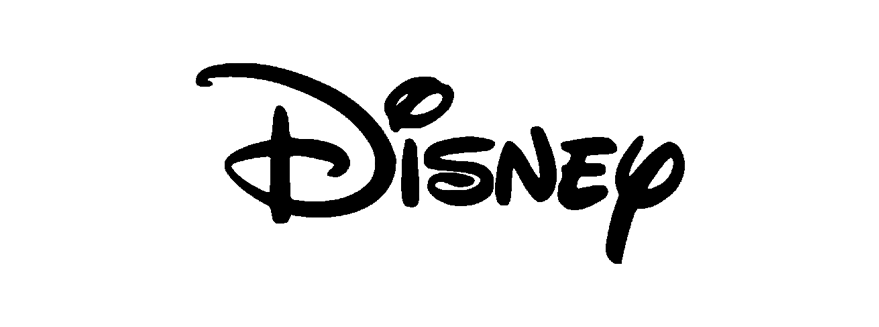






















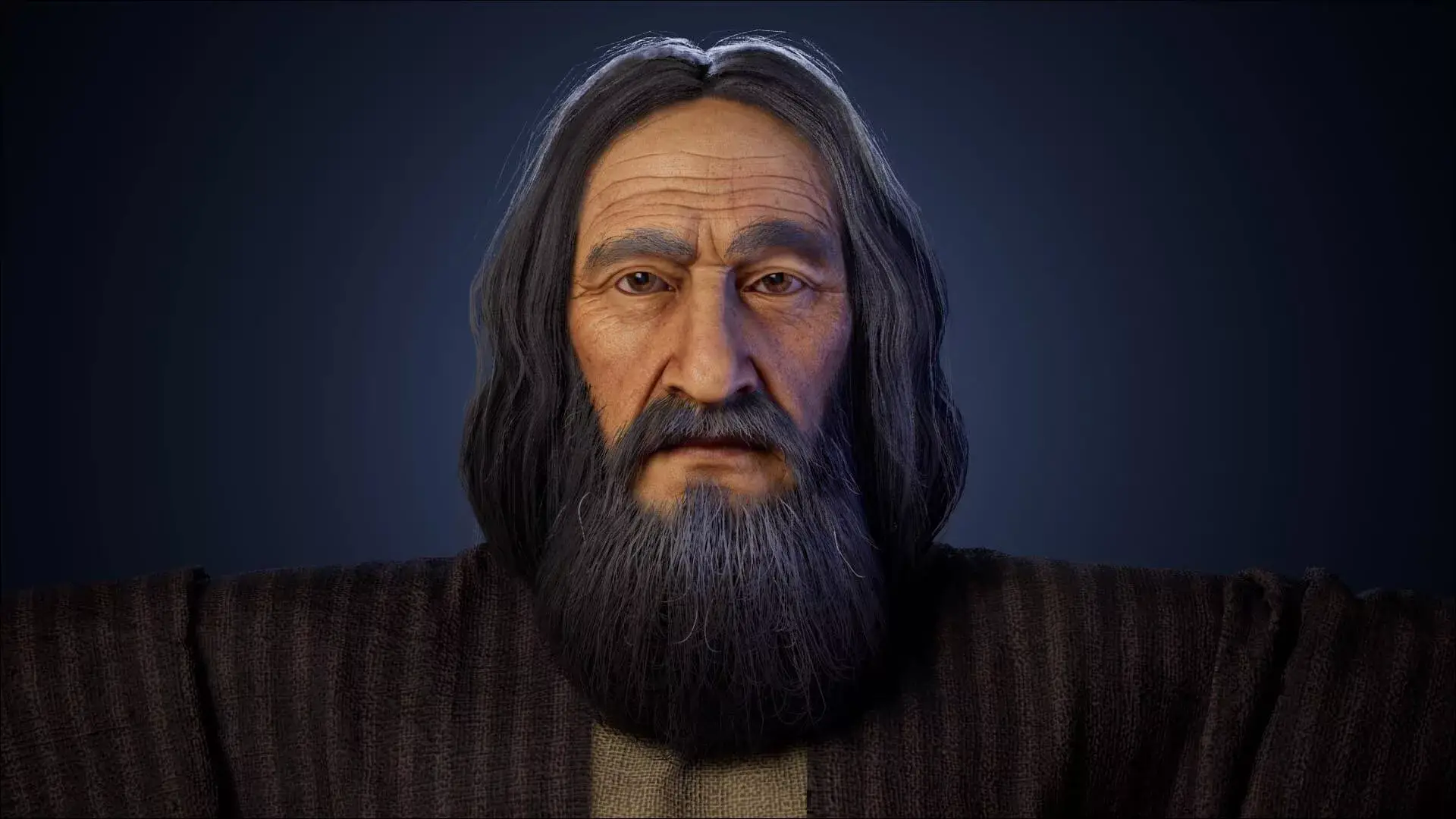


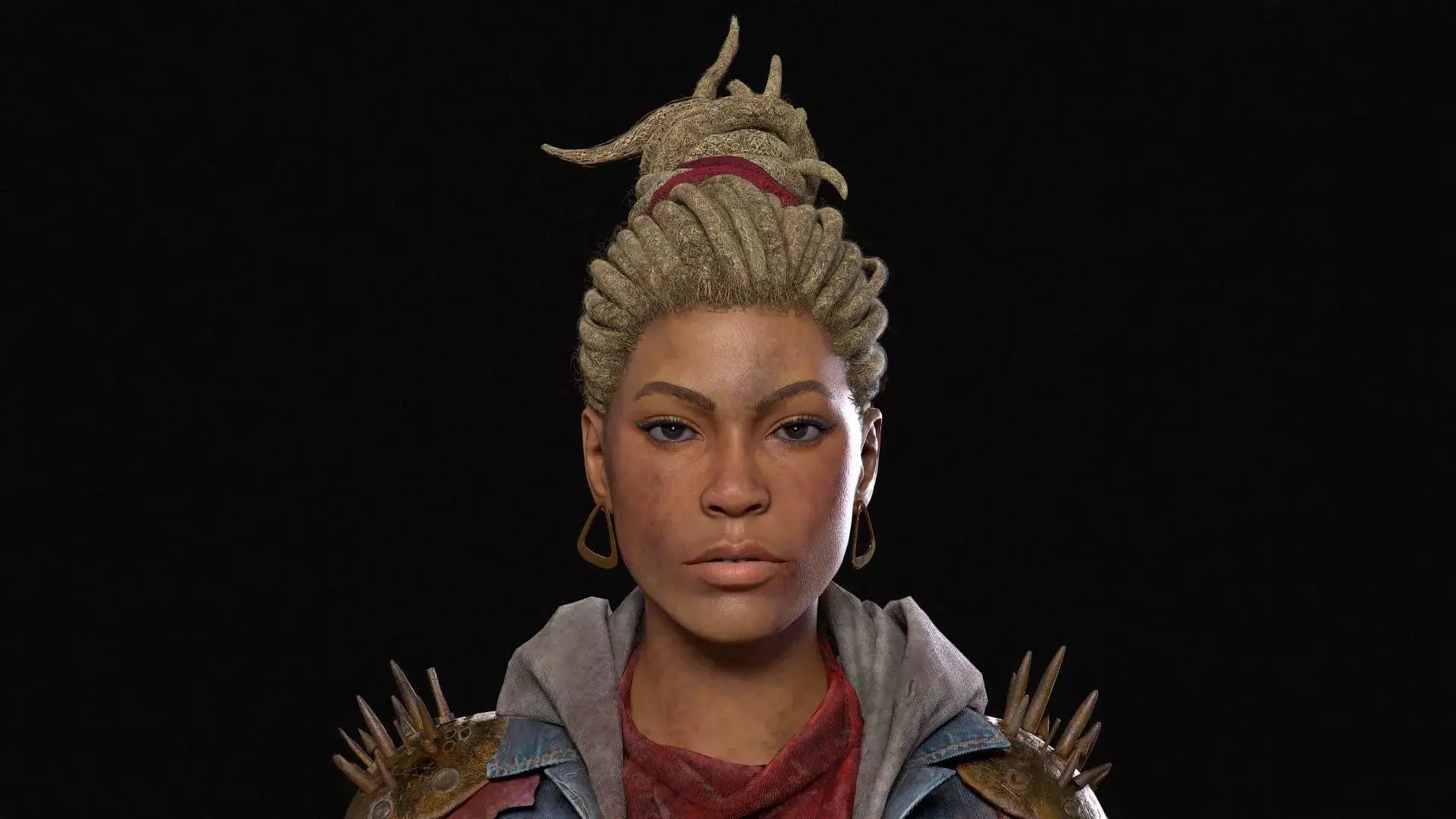







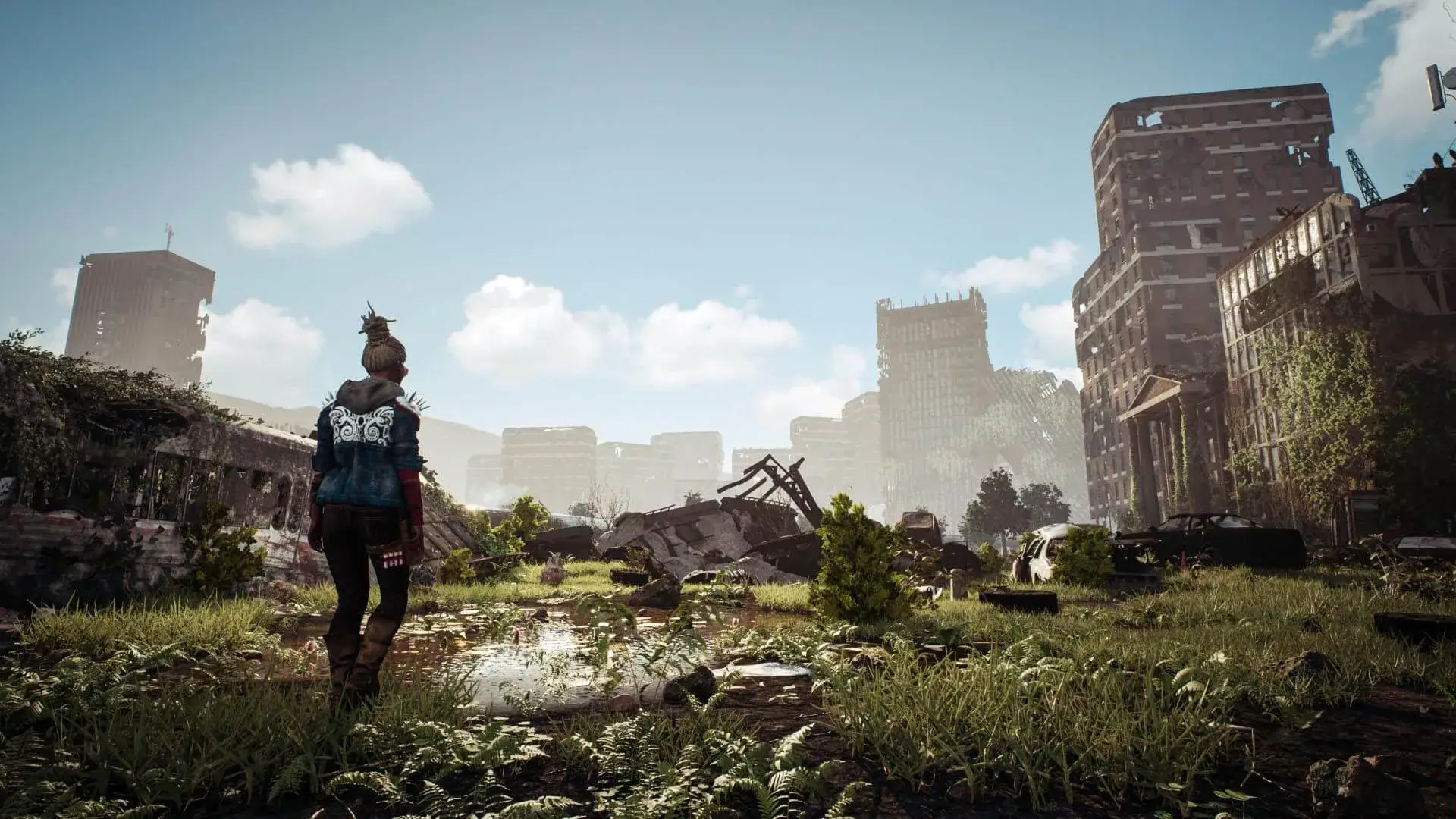























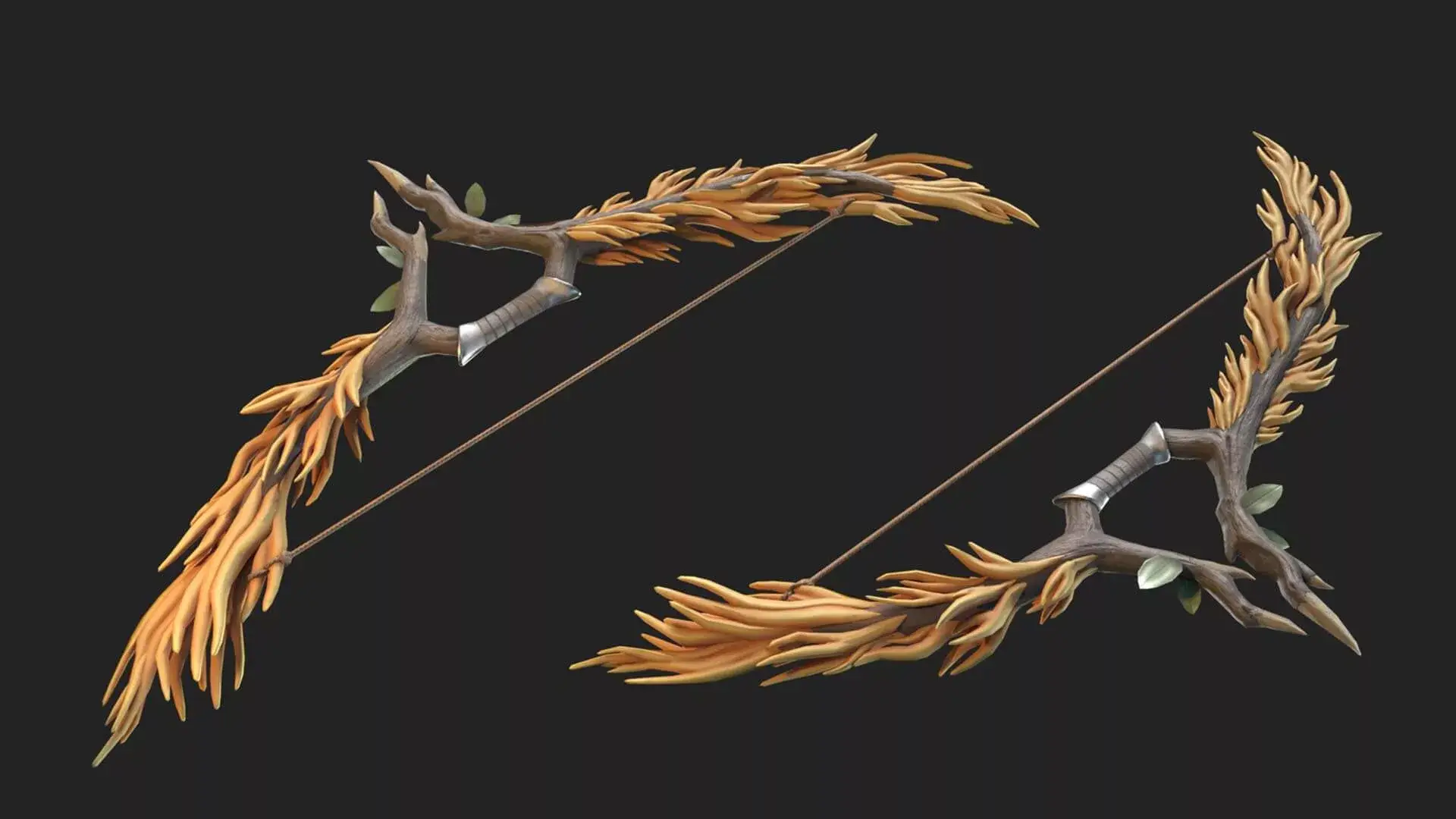
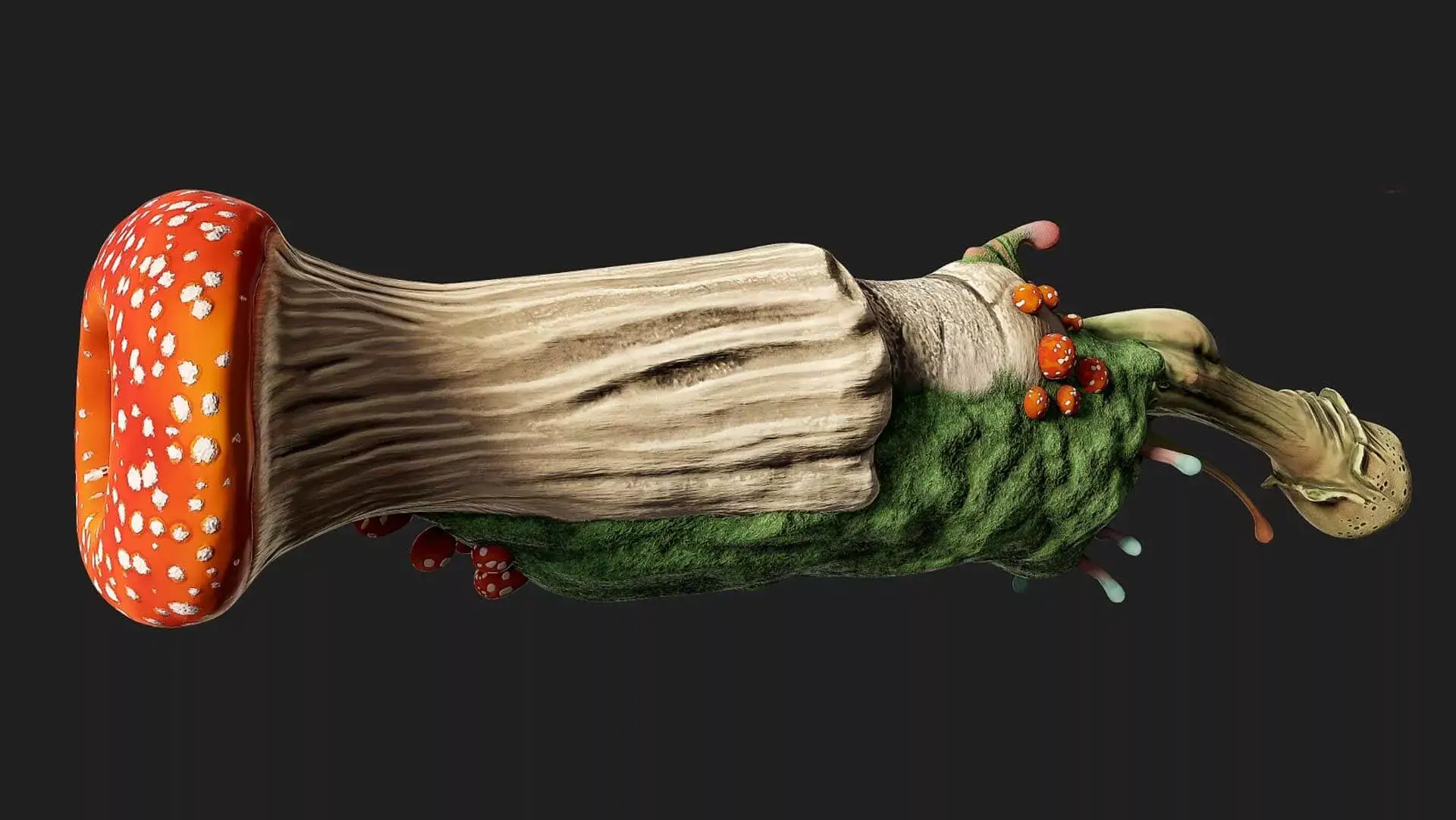
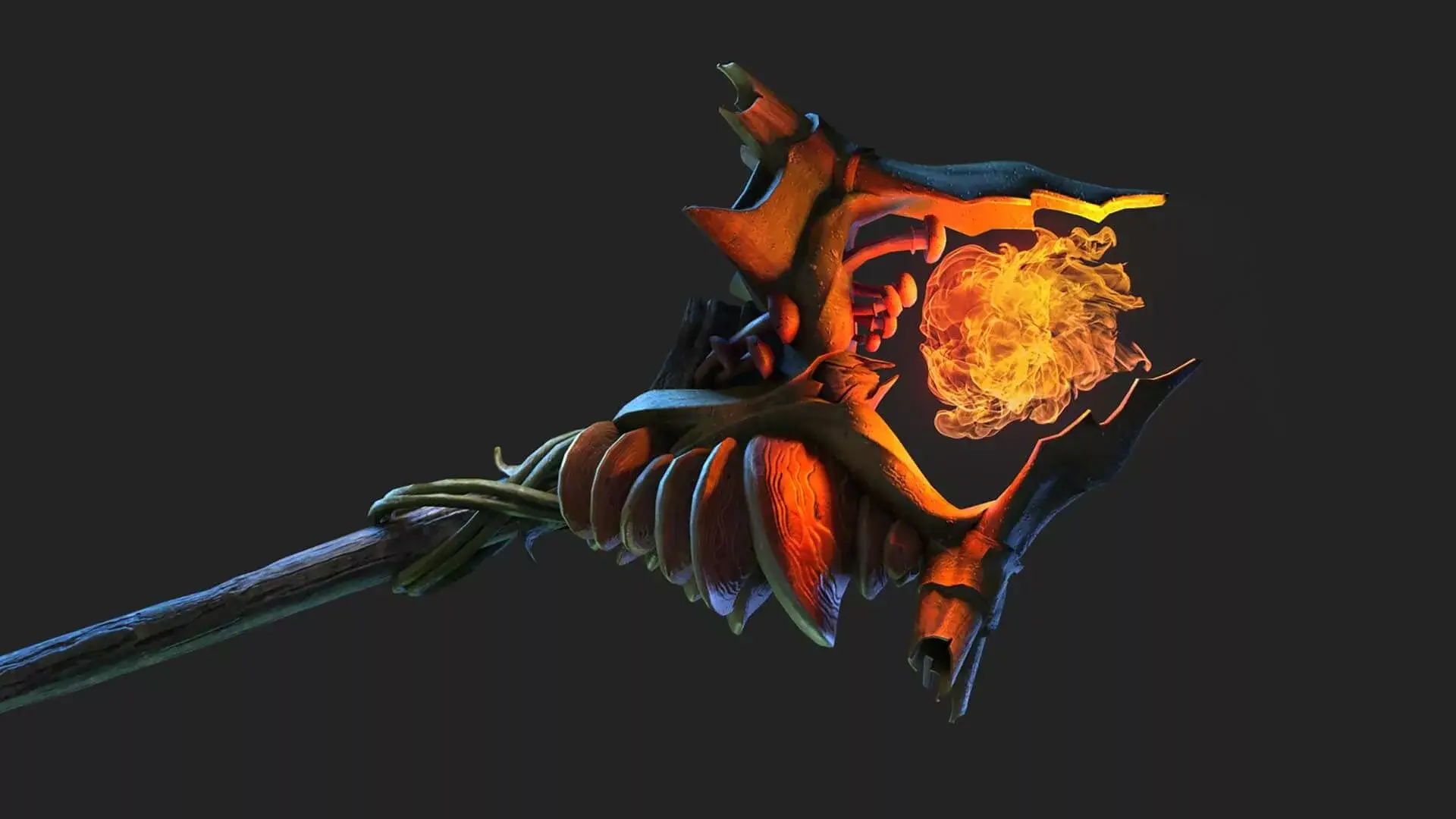













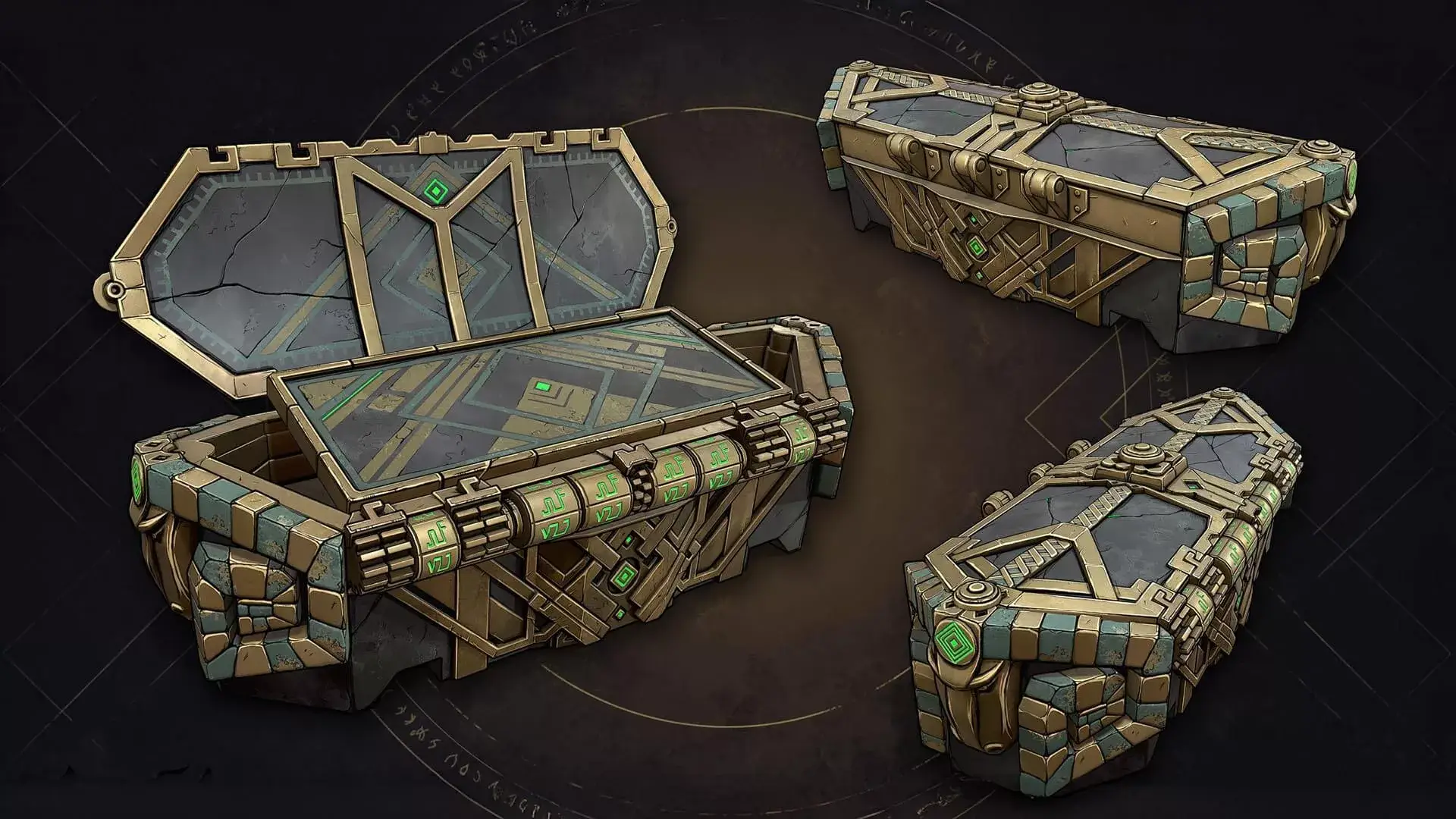











"Working with the Magic Media team on Remnant 2 was a pleasure from start to finish. Their work ethic and passion for gaming was clear and present throughout our collaboration which was reflected in their clear communication and high-quality delivery. Their assistance was greatly appreciated and we look forward to working with them in the future."